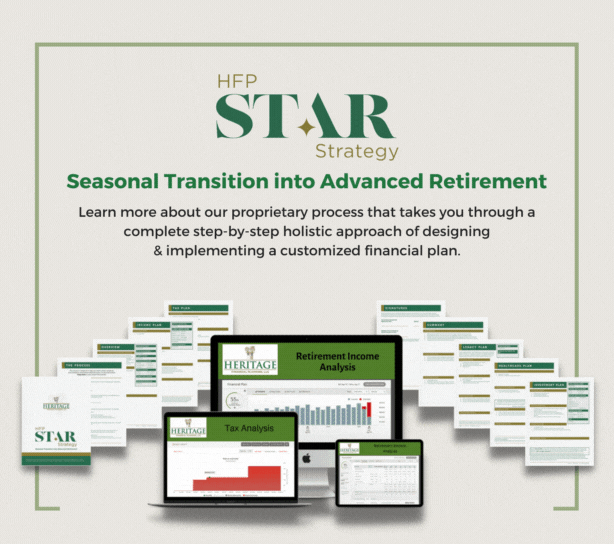Stop Guessing: Taxes Can Drain Your Retirement if You’re Not Strategic
You’ve done the hard work—saved diligently, invested wisely, and now you’re finally ready to enjoy retirement. But how you withdraw that money can make or break your long-term financial security. A poorly timed withdrawal strategy can result in higher taxes, reduced Social Security benefits, and even unexpected Medicare surcharges.
A tax-efficient withdrawal plan doesn’t just protect your portfolio—it helps stretch your savings and make your income more predictable throughout retirement.
What Makes a Withdrawal Strategy “Tax-Efficient”?
Most retirees have money in different “buckets”: tax-deferred accounts (like traditional IRAs and 401(k)s), tax-free accounts (like Roth IRAs), and taxable brokerage or savings accounts. Each type of account is taxed differently—and withdrawing from the wrong one at the wrong time can needlessly increase your tax burden.
The goal of tax-efficient withdrawals is to:
- Minimize the total taxes paid over your lifetime, not just in a single year.
- Avoid large spikes in income that push you into higher tax brackets.
- Reduce the taxable portion of your Social Security benefits.
- Limit exposure to Medicare premium increases (IRMAA).
Many retirees assume they should start with taxable accounts, then move to IRAs, and finally tap Roths—but the best strategy is often more nuanced and tailored.
3 Core Strategies for Smarter Retirement Withdrawals
A well-designed withdrawal plan integrates tax brackets, income timing, and account types. Here are three foundational tactics:
- Use a “Blended” Withdrawal Approach
Instead of draining one account type at a time, consider withdrawing proportionally from taxable, tax-deferred, and tax-free accounts. This helps control your annual tax bracket and reduce volatility in future income years. - Do Strategic Roth Conversions in Low-Income Years
In the early years of retirement—before RMDs and Social Security start—you may have a lower income. This window is ideal for partial Roth conversions that reduce future taxable income and lower RMDs. - Coordinate With Social Security and RMD Timing
Delaying Social Security can give you more flexibility to draw down pre-tax assets first, keeping taxable income lower over time and preserving your tax-free assets for later years or legacy goals.
Why One-Size-Fits-All Withdrawal Rules Don’t Work
Many retirees unknowingly use rules of thumb like “withdraw from taxable first” or “wait until RMDs start” without evaluating the tax implications. But with changes in tax laws, inflation, healthcare costs, and market volatility, your plan needs to be both flexible and forward-thinking.
The most successful withdrawal strategies are personalized—built around your unique income needs, tax brackets, and long-term goals.
Build a Retirement Withdrawal Plan That Works Smarter—Not Harder
At Heritage Financial Planning, we help clients make every dollar count using our HFP S.T.A.R. Strategy (Seasonal Transition into Advanced Retirement). This includes a customized withdrawal plan that balances income needs with tax efficiency, ensuring you keep more of what you’ve saved.
If you’re unsure about the best way to start drawing from your accounts, we’ll help you map it out clearly and confidently. Schedule your personalized income planning session today.

Click here to learn more about our HFP STAR Strategy process.
Sources:
- IRS Retirement Distributions – https://www.irs.gov
- Vanguard: Tax-Efficient Withdrawal Planning – https://www.vanguard.com
- Morningstar: Retirement Withdrawal Sequence – https://www.morningstar.com
- Heritage Financial Planning: https://heritagefinancialplanning.net/about/heritage-financial-star-strategy/












